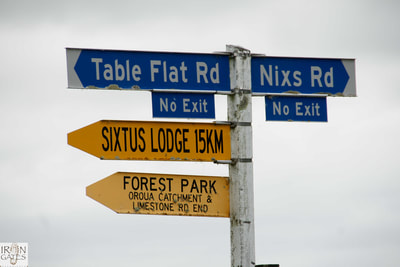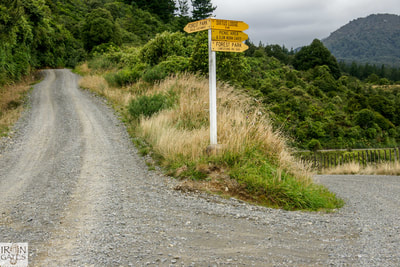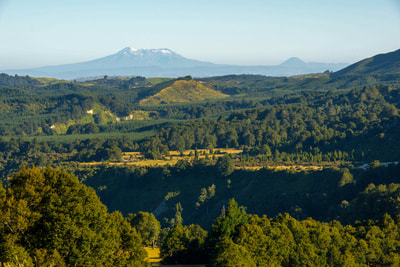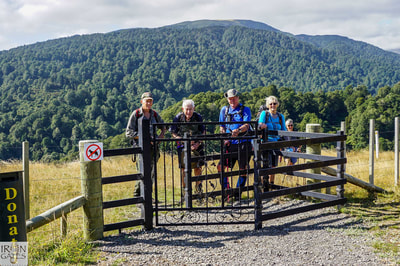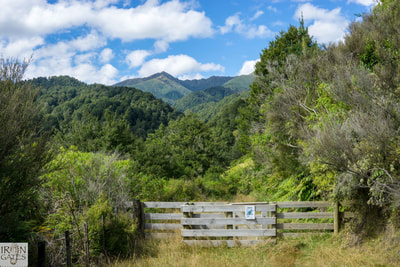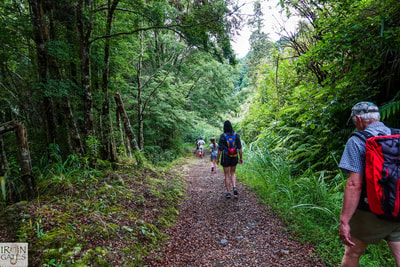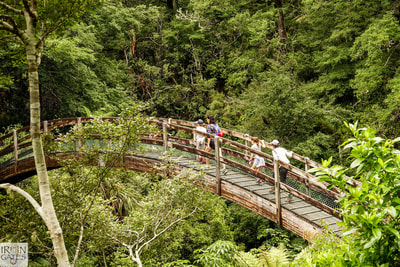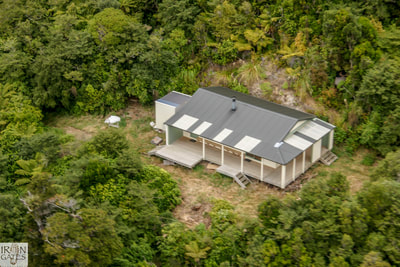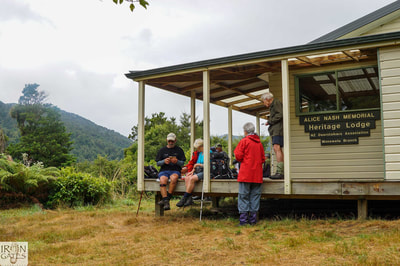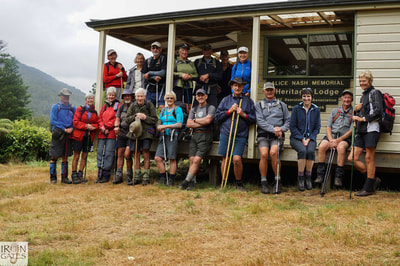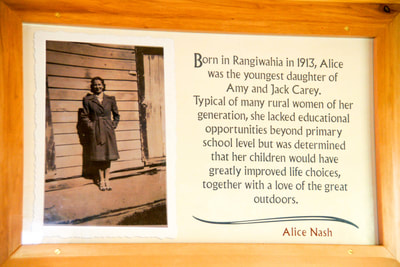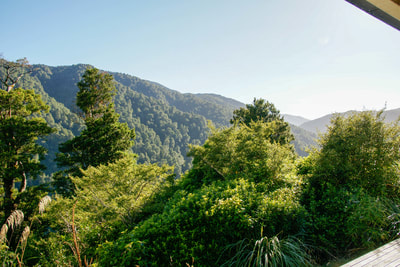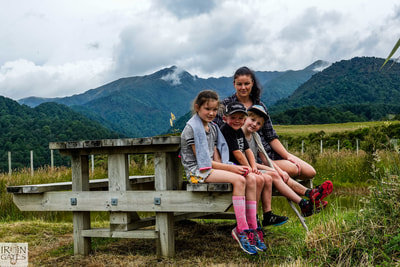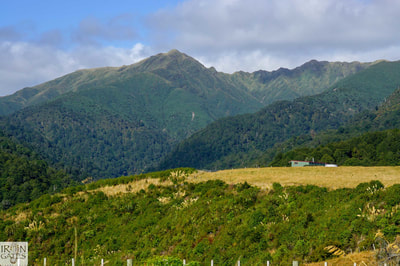Alice Nash Memorial heritage Lodge & Track
|
Directions
If you are planning to stay in the hut you will need to pre-pay the NZ Deer Stalkers Association of Manawatu. You can either:
|
Story behind the Lodge In 2005 the old Heritage Lodge burned down. It had been built by the NZ Deerstalkers Asscociation, (NZDA), whose members were devastated at the loss. It would cost $100,000 to replace and the insurance in no way covered that cost. When all seemed lost, a sponsor came forward - Hazel Nash, who was living overseas. Her late mother, Alice Nash grew up in Rangiwahia village where she developed a love of the great outdoors. Alice's parents were Jack and Amy Carey. She moved to Feilding when she married her husband Cliff (known as Jack) Nash. Their three children spent wonderful holidays in the Rangiwahia district with their Carey Grandparents, developing a love for the district which will last a lifetime. In memory of Alice, the Nash daughters donated the funds needed for the rebuild of the Lodge. The NZDA would own the Lodge and be responsible for maintenance and the insurance. The only stipulation was the Lodge was to be named The Alice Nash Memorial Heritage Lodge. So with this amazing donation, generous local suppliers and the hard work of the Manawatu Branch of the NZDA Manawatu branch, the new Lodge was built in 2007 for all to enjoy. The Apiti community and local Manawatu businesses were also responsible for various donations. Sunshine Homes were awarded the contract to build the Lodge. The No 3 Squadron at Ohakea Airbase agreed to supply an Iroquois Helicopter to airlift all the building products to the site as part of a training exercise. It took the helicopter 53 loads from the road end to the building site to complete the task. Interestingly, a similar helicopter was used to deliver stoat traps throughout the Ruahines in Dec. 2011 Acknowledgements
Outdoor Safety Code: 1. Plan your trip 2. Tell someone 3. Be aware of the weather 4. Know your limits 5. Take sufficient supplies For more information visit Adventure Smart |
